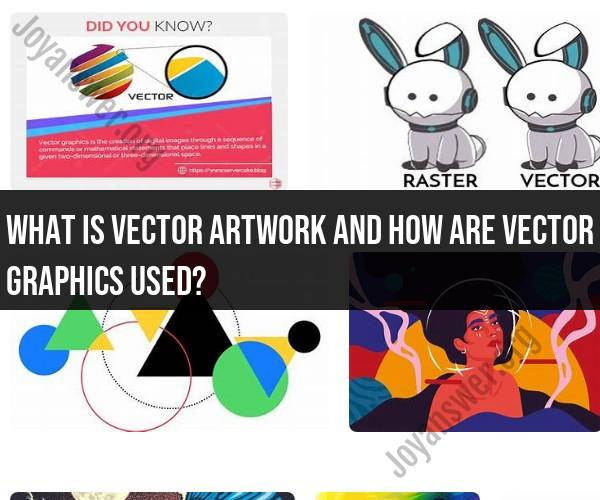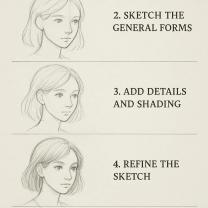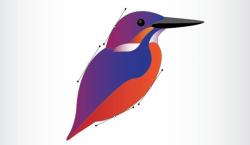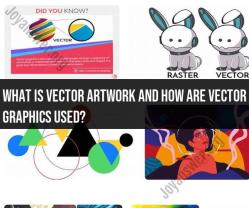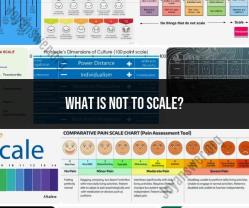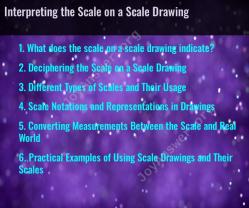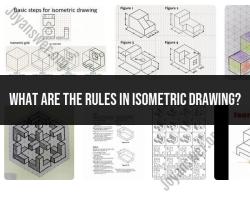What is vector artwork and how are vector graphics used?
Vector artwork refers to digital images that are created using vector graphics software or tools. Unlike raster or bitmap images, which are composed of a grid of pixels, vector graphics use mathematical equations to define shapes and lines. This unique approach to creating images offers several advantages and is widely used in various applications. Here's an overview of vector artwork and its applications:
Characteristics of Vector Artwork:
Scalability: One of the primary advantages of vector graphics is their scalability. Vector images can be resized to any dimension without losing image quality or resolution. This makes them ideal for large-format printing, such as banners and billboards.
Smooth Edges: Vector graphics produce smooth and clean edges because they are based on mathematical paths rather than fixed pixels. This results in crisp and precise lines and shapes.
Small File Sizes: Vector files tend to have smaller file sizes compared to raster images. This makes them suitable for web graphics, as they load quickly and consume less bandwidth.
Editability: Vector artwork is highly editable. Designers can easily modify shapes, colors, and other elements without degrading the image quality. This flexibility is particularly useful for logo design and illustration.
Applications of Vector Artwork:
Logo Design: Vector graphics are commonly used to create logos for businesses, organizations, and brands. Logos need to be versatile and maintain their quality across various applications, from business cards to billboards.
Illustration: Artists often use vector graphics for digital illustrations and artwork. The ability to manipulate shapes and colors easily allows for creative freedom.
Typography: Vector fonts and typography are widely used in graphic design. Designers can customize fonts and text to create unique and eye-catching visual elements.
Infographics: Infographics require precise and scalable graphics to convey information effectively. Vector graphics are essential for creating charts, diagrams, and icons in infographics.
Web Design: Vector images are used in web design for icons, buttons, and graphics that need to load quickly and look sharp on various screen sizes.
Print Design: Vector graphics are a standard choice for print materials such as brochures, flyers, posters, and business cards. They ensure high-quality output, even at different print sizes.
Architectural and Engineering Drawings: Vector graphics are used in architectural and engineering software for creating detailed plans, blueprints, and technical drawings.
Fashion Design: Vector artwork is utilized in fashion design for creating textile patterns and designs that can be easily adjusted and applied to different garments.
Product Packaging: Vector graphics play a crucial role in product packaging design, helping to create visually appealing labels, boxes, and product branding.
Map Creation: Maps, whether for navigation or thematic purposes, often rely on vector graphics to represent geographic features accurately.
In summary, vector artwork is a versatile and essential tool in graphic design, illustration, and a wide range of creative and technical fields. Its scalability, editability, and ability to maintain image quality across various media make it a valuable choice for designers and artists.
